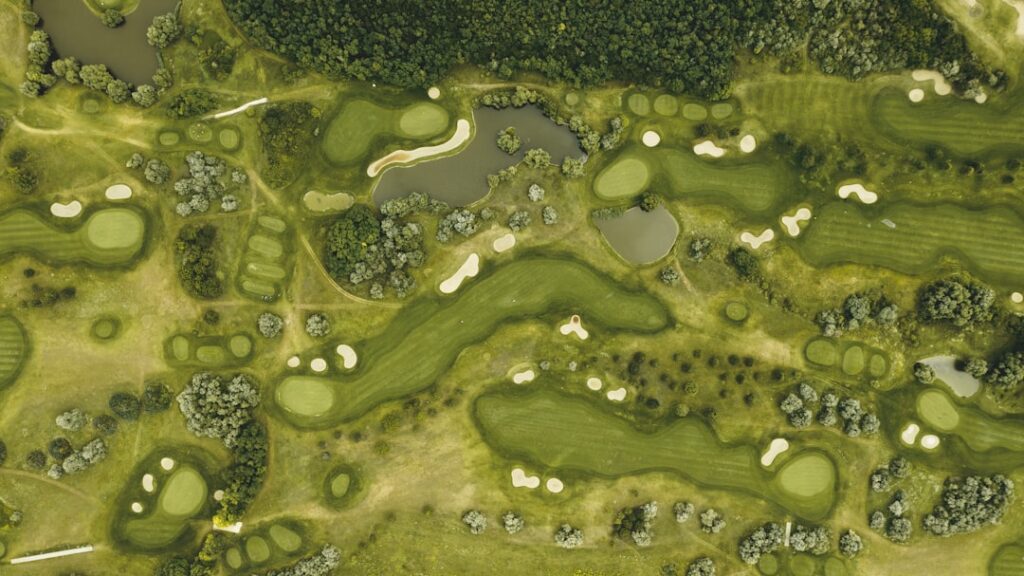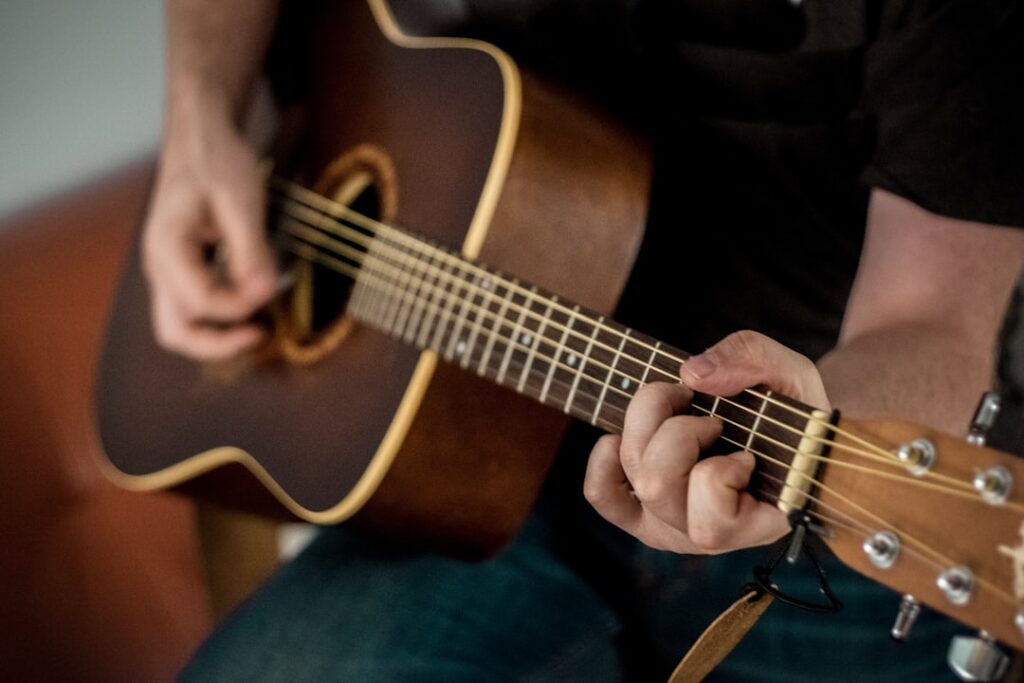In the game of tennis, pinpoint accuracy is crucial for success on the court. Whether it’s serving aces, executing powerful forehand and backhand shots, or maintaining consistency and precision in your game, accuracy is the key to gaining the upper hand over your opponent. Without accuracy, your shots may lack the power and placement needed to outmaneuver your opponent and secure victory.
Pinpoint accuracy in tennis is not just about hitting the ball within the lines of the court; it’s about placing the ball strategically to exploit your opponent’s weaknesses and create opportunities to win points. It requires a combination of technical skill, mental focus, and physical agility to consistently hit the ball exactly where you intend it to go. Without this level of accuracy, your game can easily fall apart, leaving you vulnerable to your opponent’s attacks. Therefore, honing your accuracy in every aspect of your game is essential for achieving success in tennis.
To achieve pinpoint accuracy in tennis, players must develop a keen sense of spatial awareness and hand-eye coordination. They must also master the art of timing and precision in their movements to ensure that every shot is executed with maximum effectiveness. Additionally, mental focus and concentration are crucial for maintaining accuracy throughout the course of a match. By staying mentally sharp and fully engaged in the game, players can make split-second decisions and adjustments to ensure that their shots land exactly where they intend them to. Overall, pinpoint accuracy is the foundation of a successful tennis game, and mastering this skill is essential for players looking to elevate their performance on the court.
Key Takeaways
- Pinpoint accuracy is crucial in tennis as it can make the difference between winning and losing a point.
- Serving aces requires a combination of technique, strategy, and mental focus to outsmart opponents.
- Mastering the power of the forehand and backhand involves proper form, timing, and follow-through.
- Developing consistency and precision in your shots takes practice, patience, and a keen understanding of your own strengths and weaknesses.
- Understanding the mental game is essential for maintaining focus, confidence, and resilience during intense competition.
The Art of Serving Aces: Techniques and Strategies
The serve is arguably the most important shot in tennis, and mastering the art of serving aces can give players a significant advantage over their opponents. A well-executed serve not only starts the point off on the right foot but can also put pressure on the opponent and set the tone for the entire match. Serving aces requires a combination of power, placement, and strategic thinking to consistently hit unreturnable serves that leave your opponent helpless.
To serve aces consistently, players must first develop a strong and reliable serving technique. This involves perfecting the toss, the grip, and the motion of the serve to generate maximum power and accuracy. Additionally, players must be able to vary their serves to keep their opponents guessing and off balance. This can include mixing up the placement of the serve, using different spins, and changing up the pace to keep the opponent on their toes.
Strategic thinking also plays a crucial role in serving aces. Players must be able to read their opponent’s weaknesses and tendencies to exploit them with well-placed serves. This can involve targeting specific areas of the court where the opponent is less comfortable or using serves to set up opportunities for easy put-away shots. By mastering the art of serving aces, players can gain a significant advantage in their matches and put themselves in a position to control the outcome of each point.
Mastering the Power of the Forehand and Backhand
The forehand and backhand are two of the most fundamental shots in tennis, and mastering their power and precision is essential for success on the court. The forehand is typically the stronger and more dominant shot for most players, as it allows for greater reach and power when executed correctly. On the other hand, the backhand requires more technical skill and finesse to generate power and accuracy. Both shots play a crucial role in a player’s overall game, and mastering them can make all the difference in competitive matches.
To master the power of the forehand, players must focus on generating maximum racket head speed and rotation through their body to create explosive power. This involves using proper footwork and body positioning to set up for the shot, as well as maintaining a consistent swing path and follow-through to ensure that the ball is struck cleanly and with force. Additionally, players must be able to adjust their grip and stance to accommodate different types of forehand shots, such as topspin, flat, or slice, to keep their opponents off balance.
The backhand requires a different approach to generate power and precision. Players must focus on using their non-dominant hand to guide the racket through the swing and generate leverage and rotation to create power. Additionally, players must be able to adjust their body positioning and footwork to ensure that they are in the optimal position to execute a strong backhand shot. Mastering both the forehand and backhand requires dedicated practice and attention to detail, but doing so can give players a significant advantage on the court.
Developing Consistency and Precision in Your Shots
| Shooting Technique | Consistency Metric | Precision Metric |
|---|---|---|
| Stance | Alignment of feet and body position | Ability to maintain balance and stability |
| Grip | Pressure applied on the grip | Control over the release of the shot |
| Aim | Consistency in aiming at the target | Ability to hit the desired spot on the target |
| Follow-through | Consistency in completing the shooting motion | Precision in the final release and follow-through |
Consistency and precision are two key elements of a successful tennis game, as they allow players to execute their shots with maximum effectiveness and minimize unforced errors. Developing consistency in your shots involves honing your technique and timing to ensure that you can hit the ball cleanly and accurately on a regular basis. Precision, on the other hand, involves placing your shots strategically within the court to exploit your opponent’s weaknesses and create opportunities to win points.
To develop consistency in your shots, players must focus on maintaining a smooth and repeatable swing path for each type of shot in their arsenal. This involves practicing proper footwork, body positioning, and racket preparation to ensure that you are in the best possible position to execute each shot with precision. Additionally, players must work on developing a reliable rhythm and timing in their strokes to ensure that they can consistently make clean contact with the ball.
Precision in your shots requires a keen understanding of court positioning and spatial awareness to place the ball strategically within the lines of the court. This involves being able to read your opponent’s movements and tendencies to anticipate where they will be vulnerable to your shots. Additionally, players must be able to vary their shot selection and placement to keep their opponents off balance and create opportunities for winners.
Overall, developing consistency and precision in your shots requires dedicated practice and attention to detail. By honing these skills, players can elevate their game to new heights and gain a significant advantage over their opponents on the court.
Understanding the Mental Game: Focus, Confidence, and Resilience
The mental aspect of tennis is just as important as the physical skills required to excel on the court. Understanding how to maintain focus, confidence, and resilience can make all the difference in competitive matches and help players overcome adversity when facing tough opponents.
Maintaining focus throughout a match is crucial for success in tennis. Players must be able to stay fully engaged in each point and avoid becoming distracted by external factors or negative thoughts. This requires developing mental discipline and concentration to ensure that you can make split-second decisions and execute your shots with precision.
Confidence is another key element of the mental game in tennis. Players must believe in their abilities and trust their training to perform at their best when it matters most. Building confidence requires positive self-talk, visualization techniques, and a strong belief in your own abilities to overcome challenges on the court.
Resilience is also crucial for success in tennis, as players will inevitably face setbacks and adversity during matches. Being able to bounce back from tough losses or difficult situations requires mental toughness and a never-say-die attitude. By developing resilience, players can overcome obstacles and continue fighting for victory even when things aren’t going their way.
Overall, understanding the mental game of tennis is essential for achieving success on the court. By mastering focus, confidence, and resilience, players can elevate their performance and overcome challenges with ease.
The Role of Footwork and Movement in Dominating the Court

Footwork and movement are fundamental aspects of tennis that play a crucial role in a player’s ability to dominate the court. By developing strong footwork skills and efficient movement patterns, players can position themselves optimally for each shot and cover the court effectively to neutralize their opponent’s attacks.
Good footwork is essential for setting up for shots effectively and generating power and balance in each stroke. Players must focus on maintaining proper spacing between their feet, using quick steps to adjust their positioning, and staying light on their feet to move swiftly around the court. Additionally, players must be able to transition smoothly between different types of shots (e.g., forehand, backhand) while maintaining good footwork to ensure that they are always in position to execute their strokes with maximum effectiveness.
Efficient movement patterns are also crucial for dominating the court in tennis. Players must be able to anticipate their opponent’s shots and adjust their positioning accordingly to cover as much ground as possible. This involves reading cues from your opponent’s body language or racket preparation to anticipate where they will hit the ball next. Additionally, players must be able to move explosively from side to side or forward and backward while maintaining good balance and control over their movements.
Overall, footwork and movement are essential components of a successful tennis game. By developing strong footwork skills and efficient movement patterns, players can position themselves optimally for each shot and cover the court effectively to neutralize their opponent’s attacks.
Tips for Improving Your Overall Tennis Game: From Practice to Competition
Improving your overall tennis game requires dedication, hard work, and attention to detail both on and off the court. By focusing on key areas such as technique, physical conditioning, mental preparation, and match strategy, players can elevate their performance and achieve success in competitive matches.
Firstly, honing your technique through dedicated practice is essential for improving your overall tennis game. This involves working on all aspects of your game, including serving, groundstrokes (forehand/backhand), volleys, overheads, and footwork drills. By focusing on proper technique during practice sessions, players can develop good habits that will translate into improved performance during matches.
Physical conditioning is also crucial for success in tennis. Players must focus on building strength, endurance, speed, agility, and flexibility through regular fitness training sessions. This will not only improve overall athleticism but also reduce the risk of injury during matches.
Mental preparation is another key aspect of improving your overall tennis game. Players must develop mental toughness through visualization techniques, positive self-talk, goal setting, and relaxation strategies to stay focused during matches.
Finally, developing a solid match strategy is essential for achieving success in competitive tennis. This involves analyzing your opponent’s strengths and weaknesses, adapting your game plan accordingly, and making tactical adjustments as needed during matches.
By focusing on these key areas—technique, physical conditioning, mental preparation, and match strategy—players can improve their overall tennis game and achieve success in competitive matches.
By focusing on these key areas—technique, physical conditioning, mental preparation, and match strategy—players can improve their overall tennis game and achieve success in competitive matches. Developing proper technique allows players to execute shots with precision and consistency, while physical conditioning ensures they have the endurance and strength to compete at a high level. Mental preparation helps players stay focused and confident during matches, while match strategy allows them to adapt to different opponents and game situations. By addressing these areas, players can elevate their game and increase their chances of winning matches.
Sure, here’s a paragraph that mentions a related article to pins and aces:
“Looking to up your game in the world of pin collecting and card playing? Check out Magic Star Media’s article on the top 10 rare pins and aces that every collector and enthusiast should know about. Whether you’re a seasoned collector or just starting out, this article is packed with valuable insights and tips to help you navigate the world of rare pins and aces. Head over to Magic Star Media to read more and take your collection to the next level.”
FAQs
What are pins and aces in the context of the article?
Pins and aces are terms used in the sport of bowling. A pin refers to one of the 10 wooden targets that players aim to knock down with a bowling ball. An ace, on the other hand, refers to knocking down all 10 pins with a single throw.
How many pins are there in a standard bowling game?
In a standard game of bowling, there are 10 pins set up in a triangular formation at the end of the lane.
What is the significance of knocking down all 10 pins with a single throw?
Knocking down all 10 pins with a single throw, also known as scoring a strike, is a significant achievement in bowling. It is the highest-scoring outcome for a single throw and can greatly impact a player’s overall score for the game.
How are pins reset after each throw?
After each throw, whether the player knocks down all the pins or not, the pins are reset by a machine called a pinsetter. The pinsetter collects the knocked-down pins and places them back in their original position for the next throw.
What is the maximum score a player can achieve in a single game of bowling?
The maximum score a player can achieve in a single game of bowling is 300. This is accomplished by scoring a strike in every frame, which amounts to 12 consecutive strikes.






